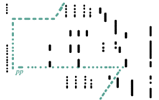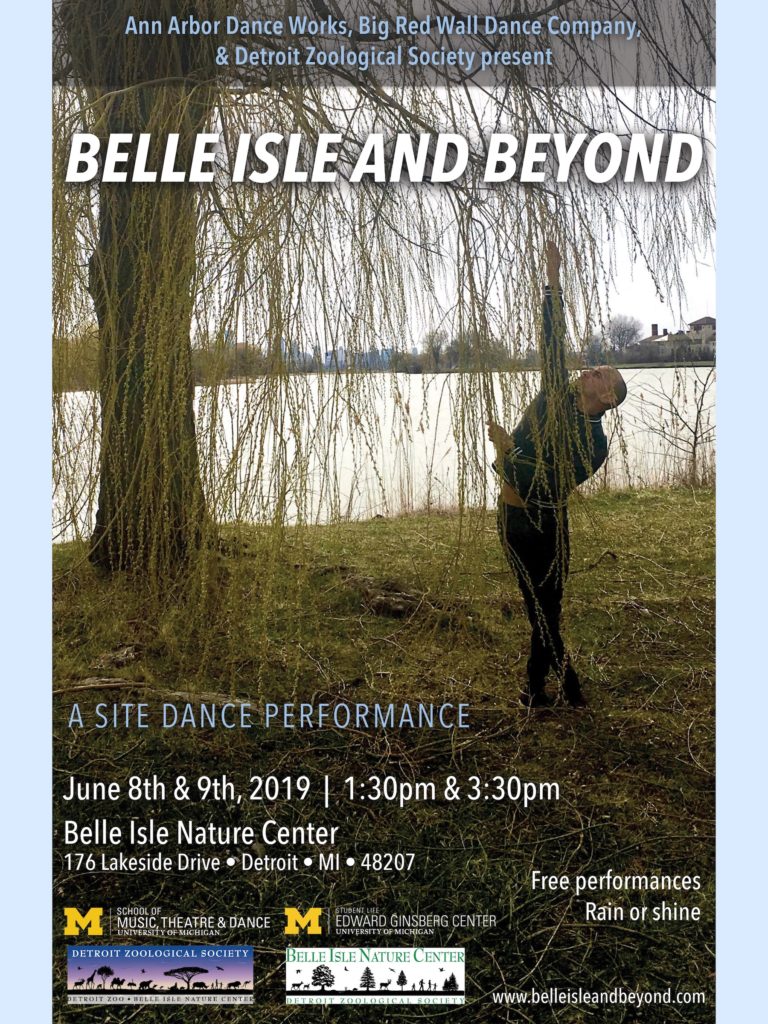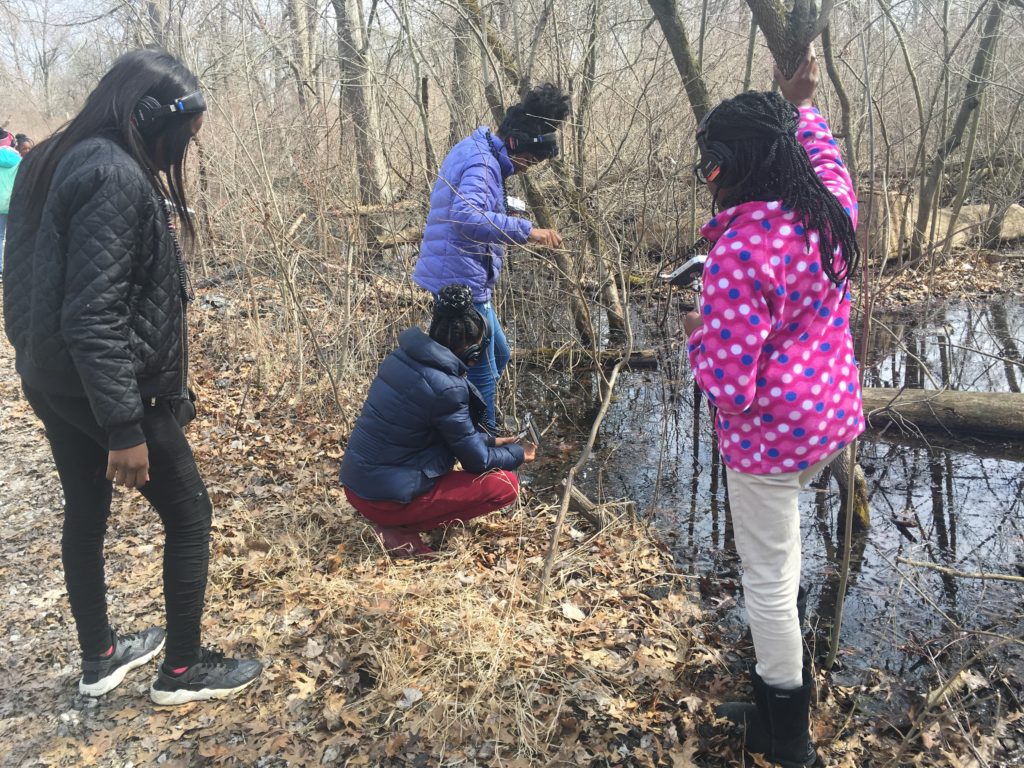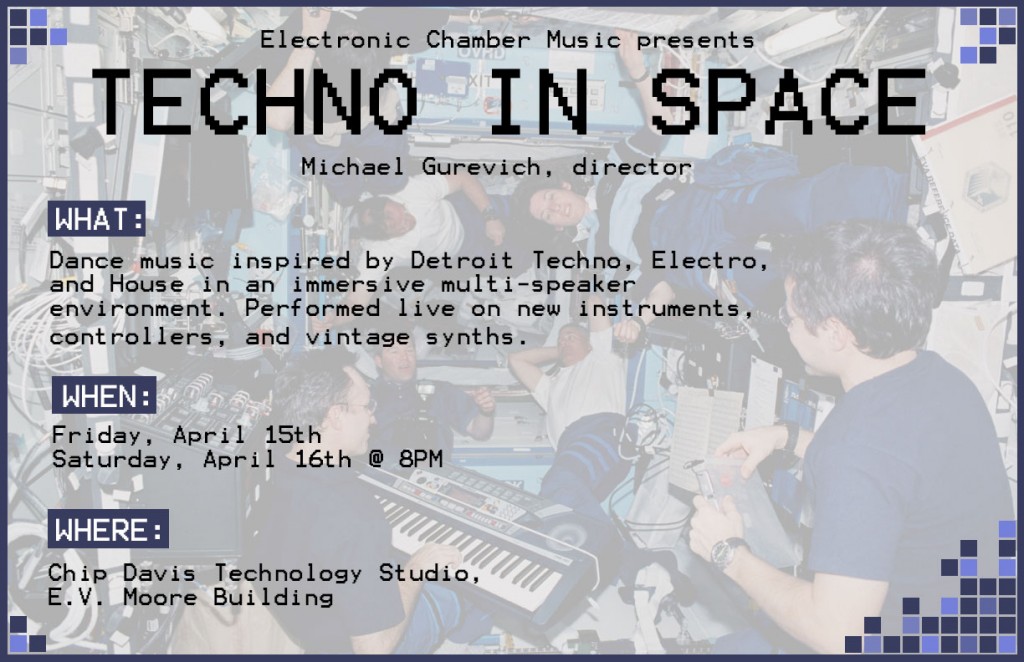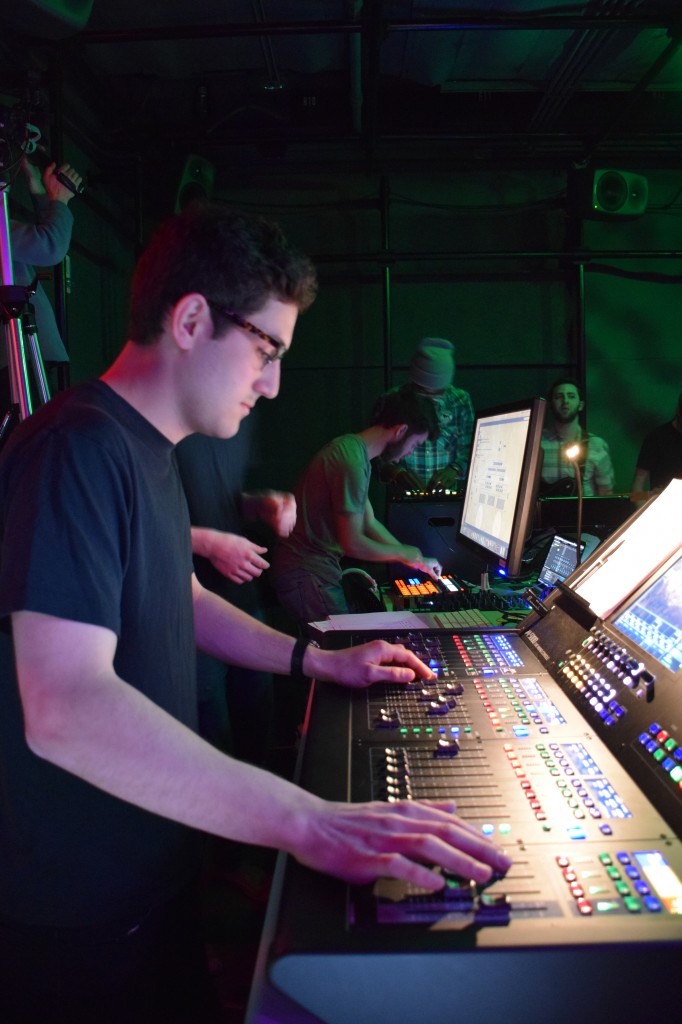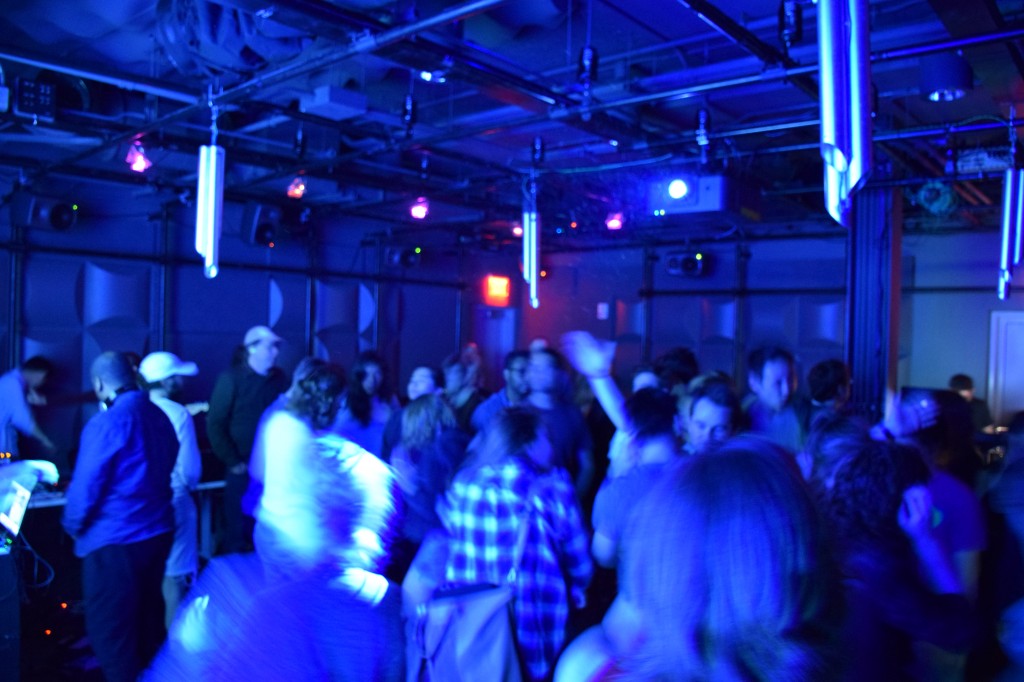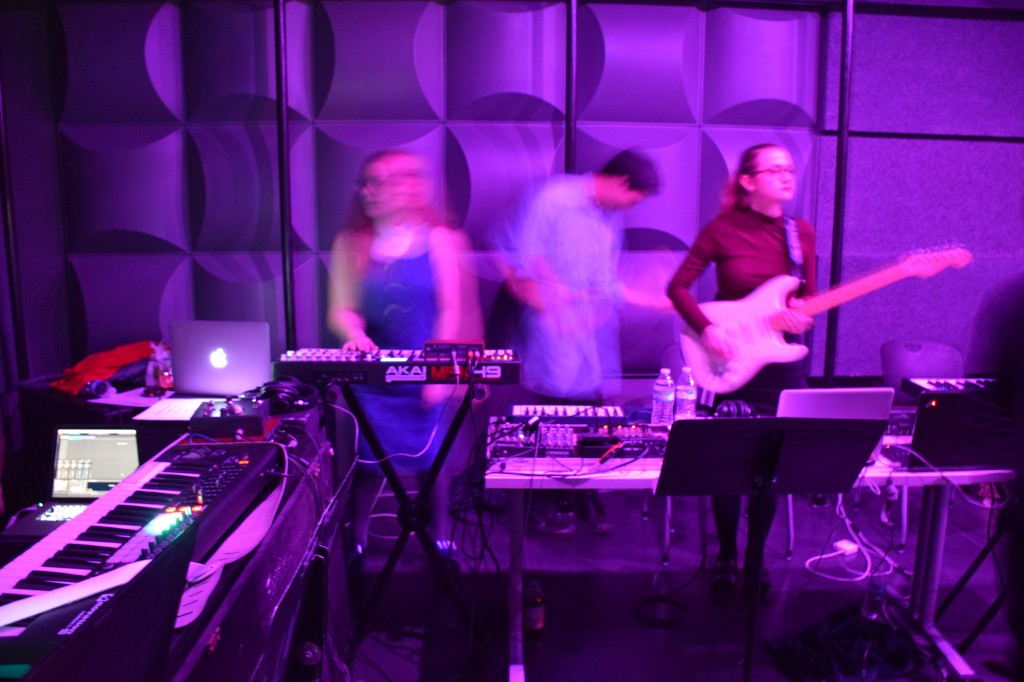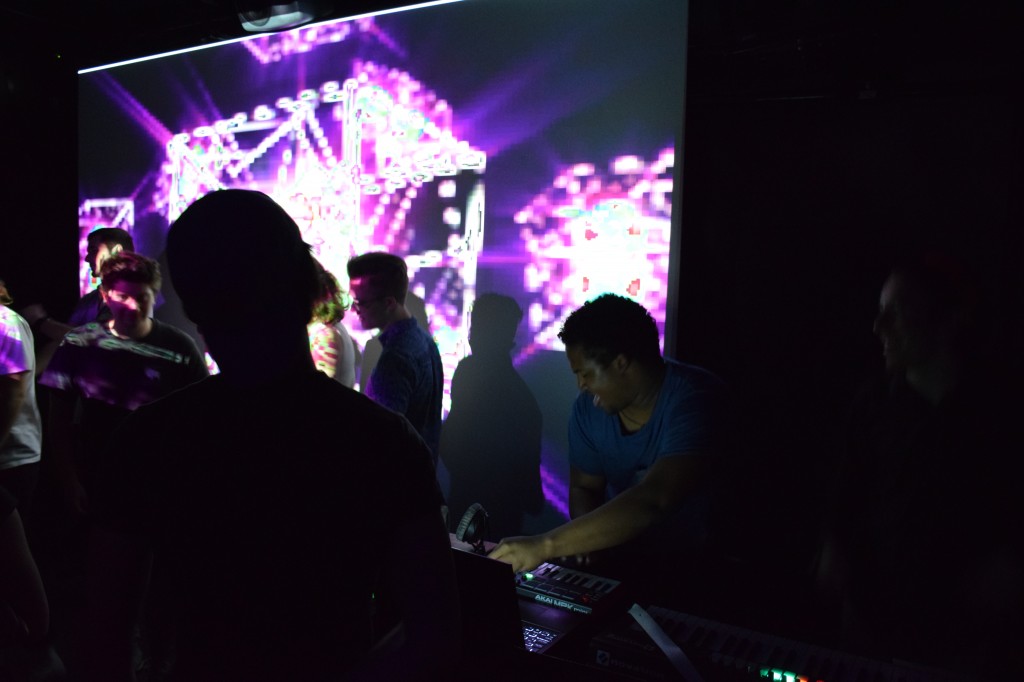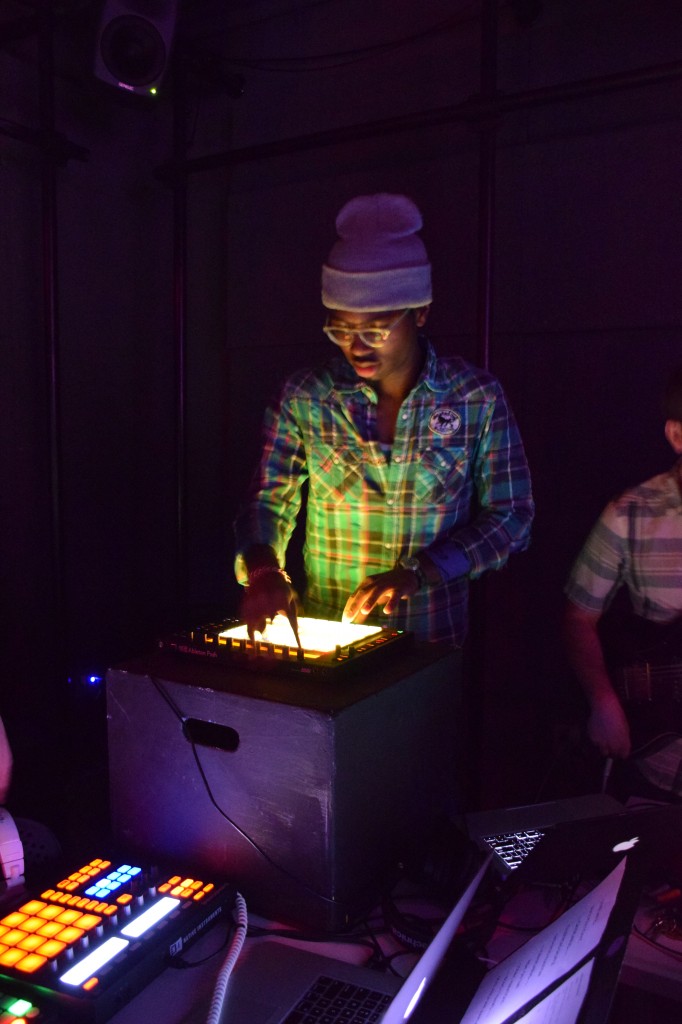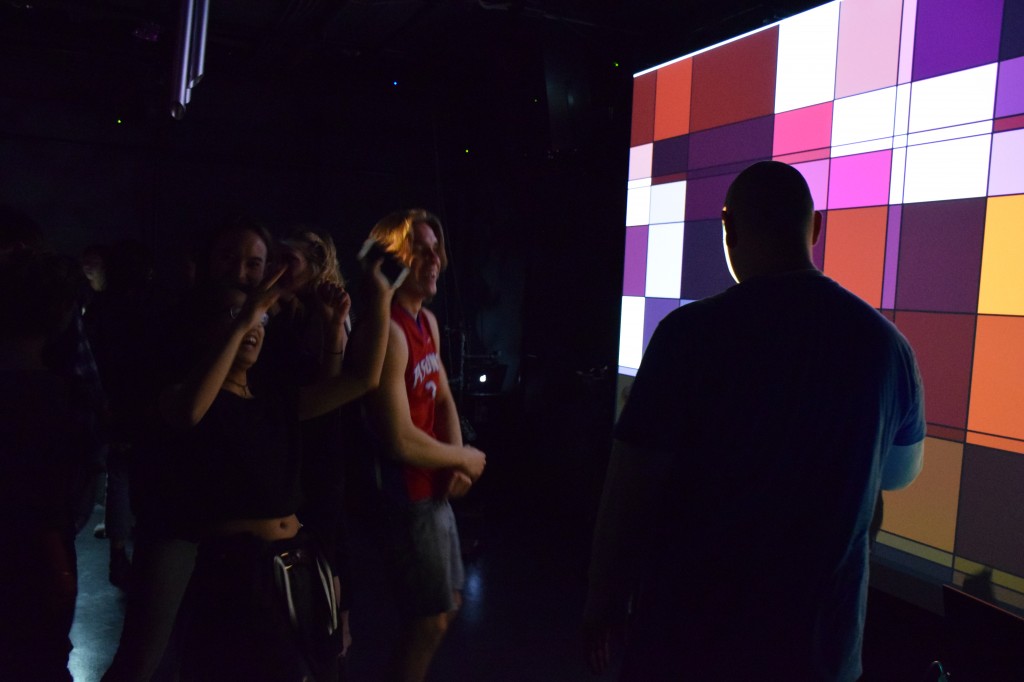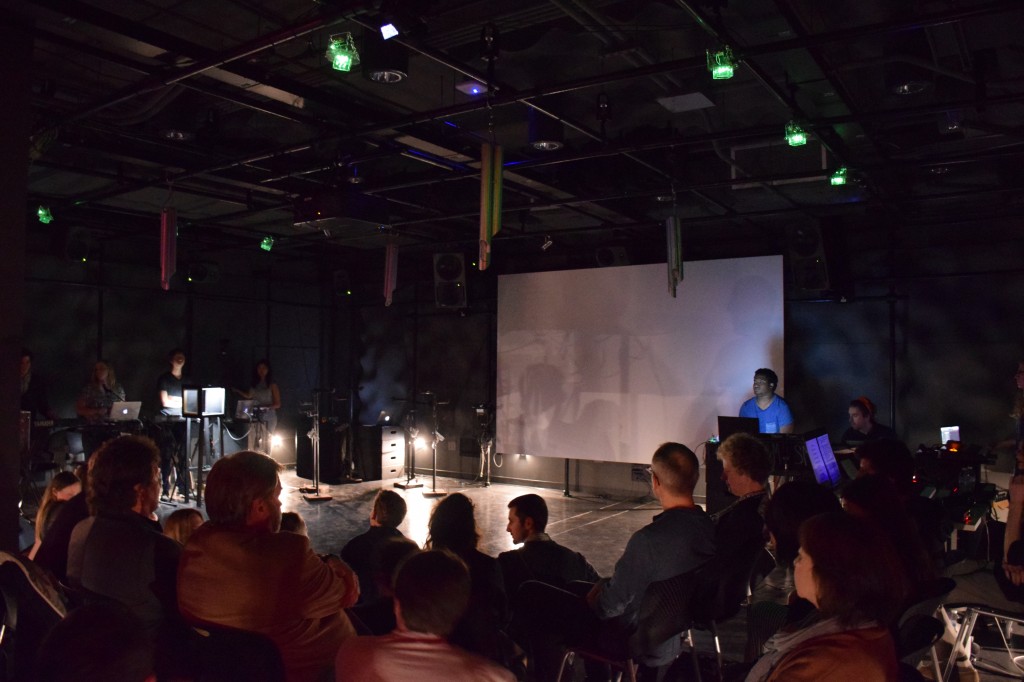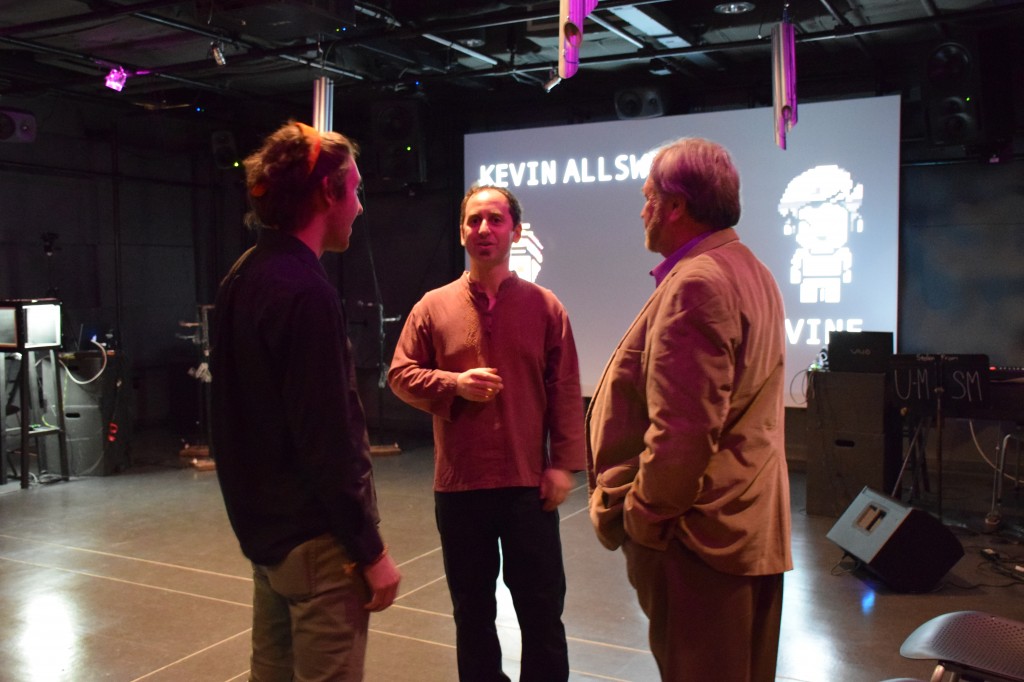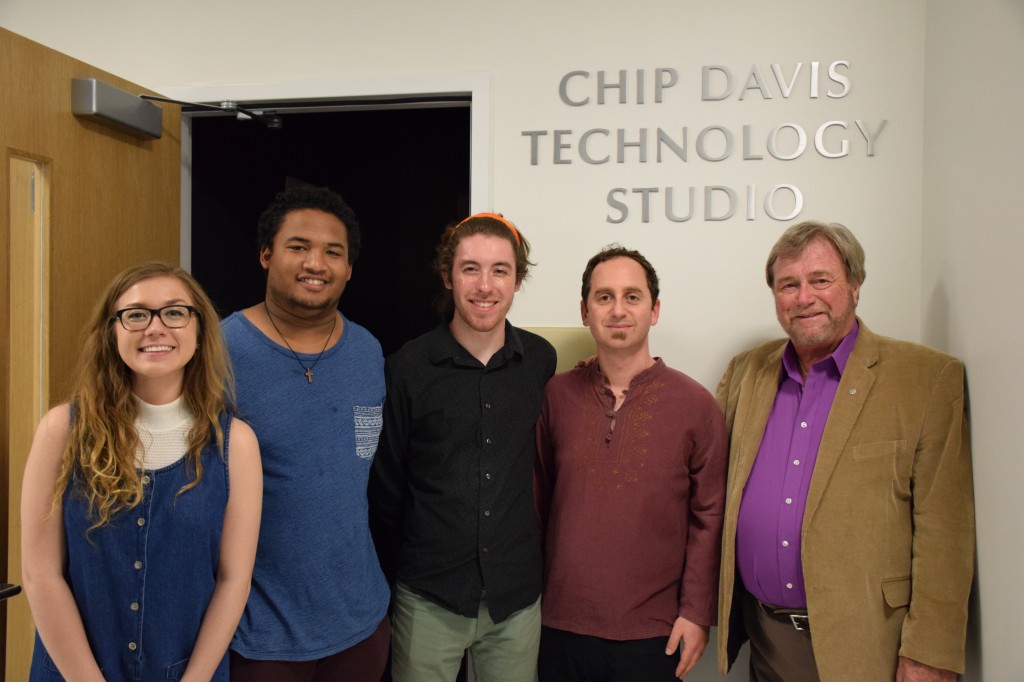In Fall 2018, my revamped version of Electronic Chamber Music, focusing on interdisciplinary collaboration around technology, worked with the University of Michigan Museum of Art and the SMTD@UMMA performance series for a special concert in the museum’s Apse.
The students created pieces that responded to the exhibition Proof: The
Ryoichi Excavations, by Patrick Nagatani.
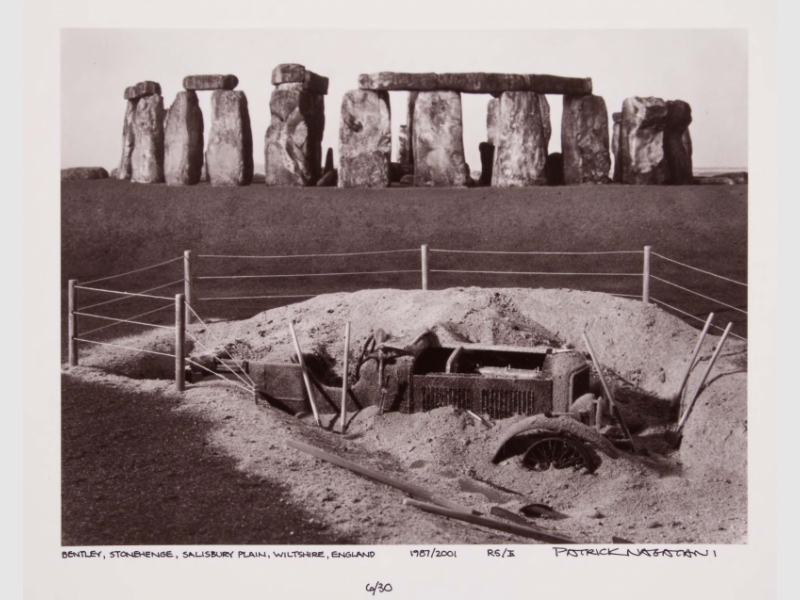
“The story of Japanese archaeologist Ryoichi and evidence of his worldwide excavations are explored by Patrick Nagatani in this series of photographs. Nagatani presents a narrative of Ryoichi’s archaeological work, supported by images of excavation sites, unearthed artifacts, and Ryoichi’s own journal pages. According to the photographs, Ryoichi discovered evidence of an automobile culture buried at sites across several continents: Stonehenge, the Grand Canyon, and a necropolis in China. This provocative and playful series compels viewers to reflect on how photographs and institutions, such as museums, shape our knowledge of the past and present.”
